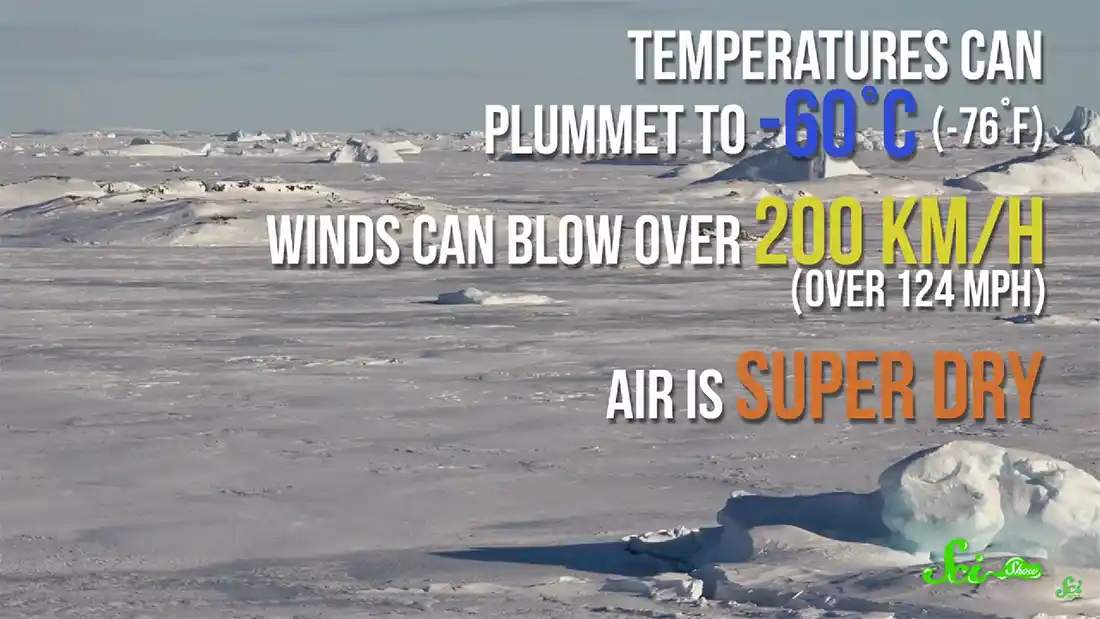

Extreme environment, extremophile, heat, cold, wet, temperature, acidophilic, alkaliphilic, halophilic, thermophilic, hyperthermophilic, psycrophilic, barophilic, oligotrophic, endolithic, polyextremophile, tardigrade.
We have organisms living in many places around the Earth. Many different habitats with high and low biodiversity.
But what about the ultimate extremes of environments?
In a habitat that is extremely hot, few organisms can survive. The same issues happen in extreme cold habitats. Few organisms can survive in them.
But, the organisms that can survive in these places thrive. They are small (minute, as in microscopic), but they are able to reproduce, feed and live off the ecosystem surrounding them.
I said they were microscopic, didn't I? Yes. Primarily, an extremophile is an organism under the bracket of archaea and bacteria, though there are a few eukaryotic organisms too.

Extremophiles can help us find life on other planets. The fact they are small means that we could find life in ice or other substances on planets like Mars or the moons of Jupiter.
There are 8 main types of extremophiles. They include:
Acidophilic: optimal growth of these organisms are in a pHThis means potential of Hydrogen: how concentrated the hydrogen ions are in a liquid. level between 1 and 5 (high concentration of acid).
Alkaliphilic: optimal growth of these organisms are in a pH level anywhere above 9 (high concentration of alkali).
Halophilic: high concentrations of salt are where these organisms live (mostly archaea).
Thermophilic: optimal growth in the heat range of 60-80°C (140-176°F).
Hyperthermophilic: optimal growth of organisms here in temperatures above 80°C (176°F).
Psychrophilic: the opposite of hyperthermophilic, these organisms grow in temperatures below 15°C (60°F). They also have a maximum tolerance of 20°C (68°F).
Barophilic (also known as piezophilic): these organisms live in a high hydrostatic pressure.
Oligotrophic: organisms that live in nutritionally limited environments.
Endolithic: organisms that grow within rock formations or within pores of mineral grains.
Xerophilic: organisms that live on environments with very little water.
An organism that has more than one of these abilities are called polyextremophiles. They are capable of living in extreme environments that fall under more than one of these types.
Extremophiles have become biotechnology interests for scientists, who found out that they produce extreme enzymes, which allow them to survive in those environments.
The following still is from a video on extremophiles, with the following details:
Please click on the image to view the video.

I say cool in terms of just how awesome they are, but tardigrades (commonly known as water bears) are extremophiles that survive almost anywhere. Even space. Astronauts have taken tardigrades into space to see if they could survive, and found they were absolutely able to.
There are surprisingly around 1300 species of tardigrades, but they all require a thin layer of water around them to keep them hydrated.
The amazing thing about them is that they are capable of laying dormant in an extreme environment by releasing water from their body, curling up into a ball and hibernating.
Disclaimer | About Me | Sitemap



Blue icons adapted from icons courtesy of Smashicons.com